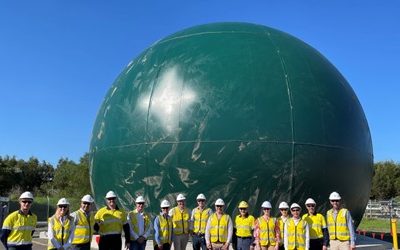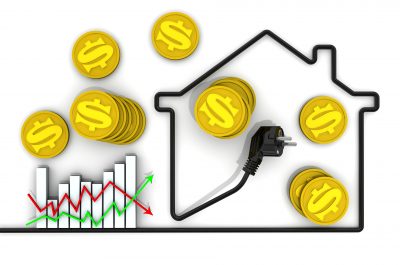Benefits of decarbonisation across the whole energy system
Energy Networks Australia has a clear mandate from its members to advocate for policy and regulation that puts the customer at the heart of the energy transition.
Customers’ efforts to decarbonise their homes in many ways mirror the choices in the broader energy system. This energy transition presents us with a once-in-a-century opportunity. It’s essential we ensure we focus on decarbonising our system at the least cost and leverage our national opportunities to position Australia as a leader in the global economy.
Data suggests we can make the greatest emissions reductions by removing coal from our grid, replacing our fossil-fuel light vehicles with electric vehicles (EVs) and solving for industrial processes that rely on high-heat manufacturing or use gas as feedstock.[1]
Unshackling the electricity grid from coal
Removing coal from Australia’s energy mix has been a long time coming. Strong signals across state and federal governments now provide a long-term direction that Australia’s coal-fired power stations must progressively exit the electricity system and be replaced by firmed renewable generation. The enormity of this challenge is not lost on us – it is a difficult road ahead, but networks are up for the challenge. The transition away from coal generation in the electricity system is supported by:
- Electricity transmission networks connecting renewable generation across their existing footprint, building new transmission lines to allow renewable power to flow to where it is needed, and keeping the lights on by providing services that are lost as coal generators retire.
- Building renewable energy zones to connect record volumes of firmed renewable electricity and
- Distribution networks supporting increased hosting of renewable electricity and storage solutions and playing a pivotal role in facilitating the flexible electricity consumption required to keep system costs down for customers.
Uniting the nation on the pathway to build the transmission and storage infrastructure is critical to a successful transition. By coming together now, we can unlock the affordable and sustainable future that renewable energy offers us for generations to come.
EV infrastructure must be prioritised
The decarbonisation of the transport sector is a massive opportunity for energy customers and is one of the significant choices a customer can make on their decarbonisation journey. Replacing our fossil fuel cars with EVs will play a significant role in the decarbonisation of the transport sector. The effective decarbonisation of this sector relies on:
- The continued decarbonisation of the electricity system, and
- The use of smart incentives and approaches to ensure that EVs soak up excess renewable electricity and do not materially extend or increase fossil fuel generation.
Electricity networks are preparing for this change to the use of the grid and have trials underway to explore how to manage demand, incentivise behavioural change and find effective ways to use EVs to soak up excess renewable electricity as it comes online.
If we can get the policy and regulatory settings right, there is an opportunity for electricity distribution networks to turn their trials into general practice and deliver the essential charging and support infrastructure ahead of the curve, for when customers need it.
Renewable gas for industry
Australia must continue to refine materials and manufacture goods. Around 40 per cent of Australia’s gas use occurs in manufacturing and industry, compared with about 10 per cent used in homes. Many applications in this sector are either impossible or too expensive to abate through electrification. The scaling-up of renewable gases, such as bio-methane and hydrogen, must be part of our decarbonisation planning.
Existing gas infrastructure is a critical platform for the successful and reliable delivery of renewable gas to industry at scale.
We have already seen some great innovation in this space with projects like Hydrogen Park South Australia, the Western Sydney Green Hydrogen Hub, and the Malabar Biomethane Injection Plant, where renewable hydrogen blends and biomethane are being delivered to customers on the existing gas network. This provides a real opportunity for industry to purchase renewable gas solutions to displace natural gas.
We need to keep our options open when it comes to renewable gas, and existing gas networks and their infrastructure are a pathway to solve for this gas use in industry which could otherwise impact our onshore manufacturing.
Making sure the transition is fair and equitable for all
At the heart of our transition is every Australian home, and customers can and want to participate in the transition in a meaningful way. But it is vital that we don’t leave anyone behind.
Customers should be encouraged to continue to make choices to decarbonise their homes in ways that suit their needs and in an affordable, staged approach. And those customers that may experience vulnerability will need support through the transition and beyond, not just a one-size-fits-all approach.
While individual circumstances will vary, research consistently shows that the best ‘bang for buck’ to decarbonise households starts with rooftop solar, energy efficiency practices and purchasing an EV. Going after these solutions first, makes the most sense. What’s important is that the policy and regulatory settings are right so that networks can ready their infrastructure and their services to support these customer choices.
[1] Department of Climate Change, Energy, the Environment and Water: Quarterly update of Australia’s National Greenhouse Gas Inventory: December 2022, March 2023




